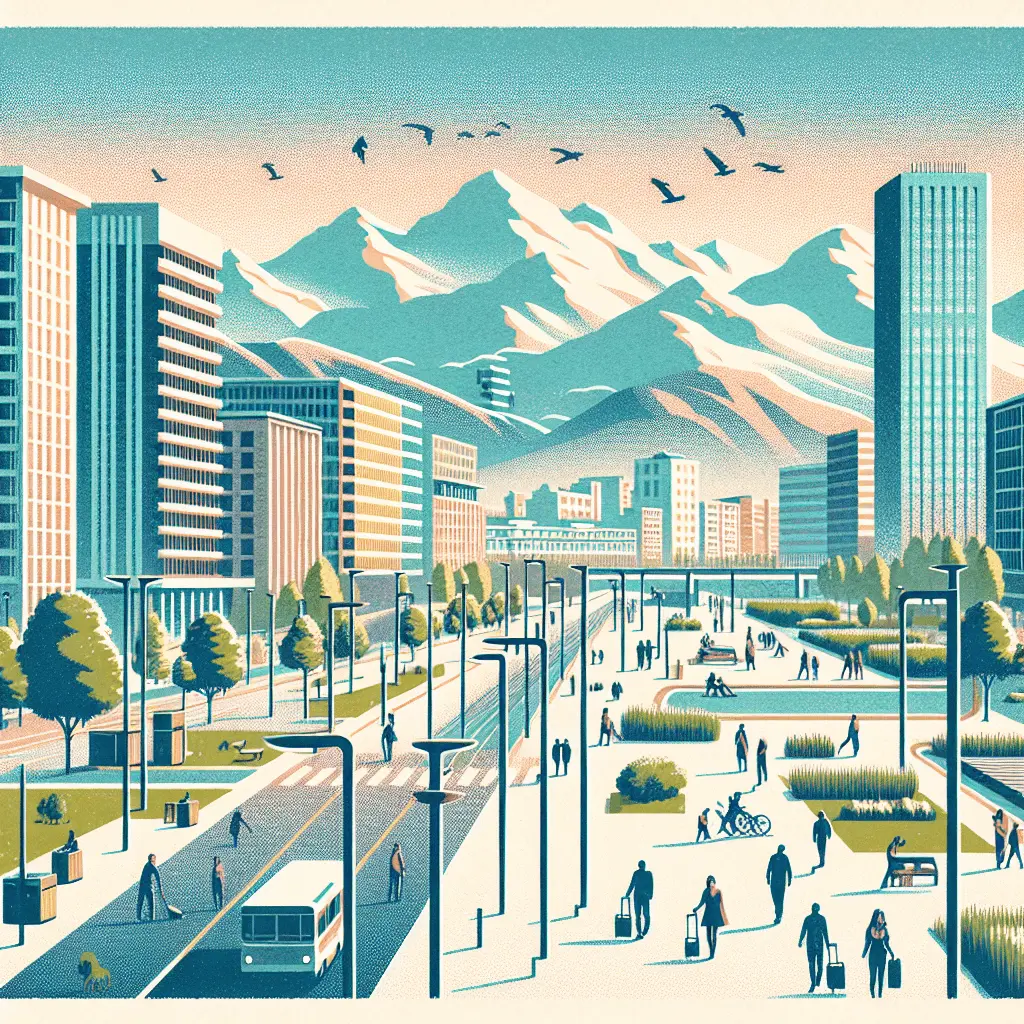Introduction to Purchasing Power in Andorra According to the 2024 Living Conditions Survey
The purchasing power in Andorra has experienced a significant improvement, according to the latest Living Conditions Survey (ECV) for the year 2024. This survey reflects a notable increase in citizens’ income, contributing to better overall well-being and a reduction in poverty and inequality levels. Analyzing these changes is key for those considering living in Andorra or investing in this country.
Increase in Purchasing Power in Andorra Since 2021
According to official data presented by the Government on July 28, 2025, equivalent incomes have grown almost 35% compared to 2021, from €27,733 to €37,335. This increase vastly surpasses the rise in the Consumer Price Index (CPI), which was 15.7% during the same period.
Factors Driving the Improvement in Purchasing Power
Minister of Presidency, Economy, Labour, and Housing, Conxita Marsol, attributes this improvement to several measures adopted by the Government:
- Revised minimum wage above the CPI.
- Freezing rental prices.
- Free public transportation.
These policies have helped reduce economic pressure on households, especially regarding housing costs.
Reduction of Housing Cost Burden in Andorra
One of the most relevant indicators is the decrease in the percentage of households experiencing housing cost overload, which has dropped from 17.8% in 2021 to 13% in 2024. This represents a reduction of almost 5 percentage points, improving the quality of life for many families.
Improvements in Inequality and Poverty in Andorra
Decrease in Economic Inequality
The S80/20 index, which measures inequality by comparing the income of the wealthiest 20% with the poorest 20%, has decreased from 7.3 to 7.1, indicating a slight but positive reduction in the economic gap.
Positive Trends in Poverty Indicators
Poverty indices also show improvement in Andorra:
- The severe poverty rate, considering incomes below 40% of the median (€11,553), has decreased from 7.4% to 4.2%.
- Relative poverty, with incomes below 50% of the median (€14,442), has reduced from 9.8% to 8.8%.
- Severe material deprivation has dropped from 7.3% to 5%.
However, the poverty risk threshold (60% of the median, €17,330) has increased to 16.4%, 2.8 points more than in 2023. This increase is partly because some people have improved their incomes and accessed this new segment.
Comparison of Poverty Thresholds with Neighboring Countries
Compared to Spain and France, Andorra’s poverty risk threshold is higher:
- Andorra: €17,330
- Spain: €11,584
- France: €15,334
Despite this higher threshold, the proportion of the population below it is lower in Andorra than in Spain (16.4% versus 19.7%), reflecting a better overall living standard.
What Does This Improvement Mean for Those Wanting to Live in Andorra?
The increase in purchasing power and improvements in socio-economic indicators make Andorra an increasingly attractive destination for those seeking better quality of life, tax optimization, and social security. Additionally, price control measures and accessible public services contribute to a stable environment for families and entrepreneurs.
To explore practical aspects such as establishing residency or starting a business in Andorra, consulting resources like residency in Andorra or taxes in Andorra can be helpful.
Conclusion
The 2024 Living Conditions Survey confirms that purchasing power in Andorra is not only growing but also translates into improved well-being and reductions in poverty and inequality. This positive context strengthens Andorra’s position as an ideal place to live, work, and invest, especially for those valuing a stable economy and fiscal benefits.

